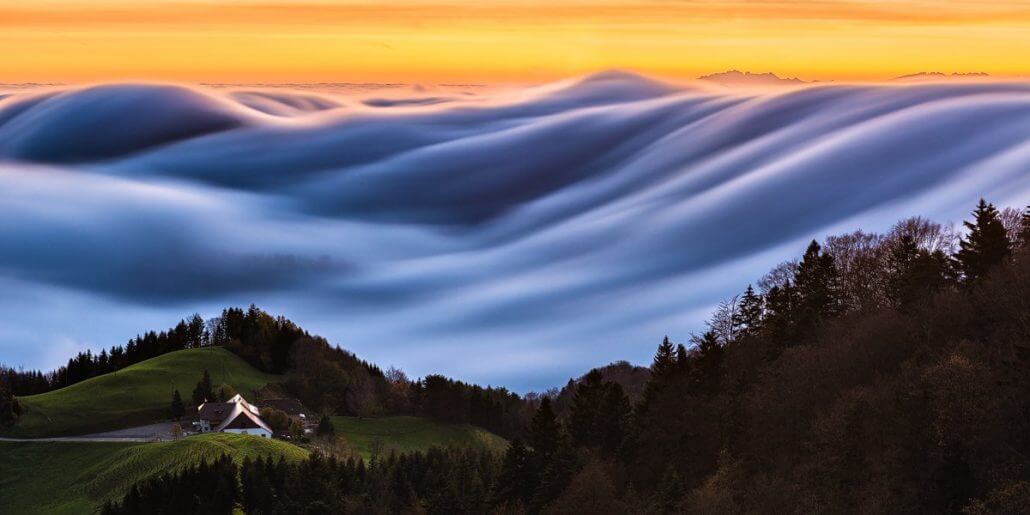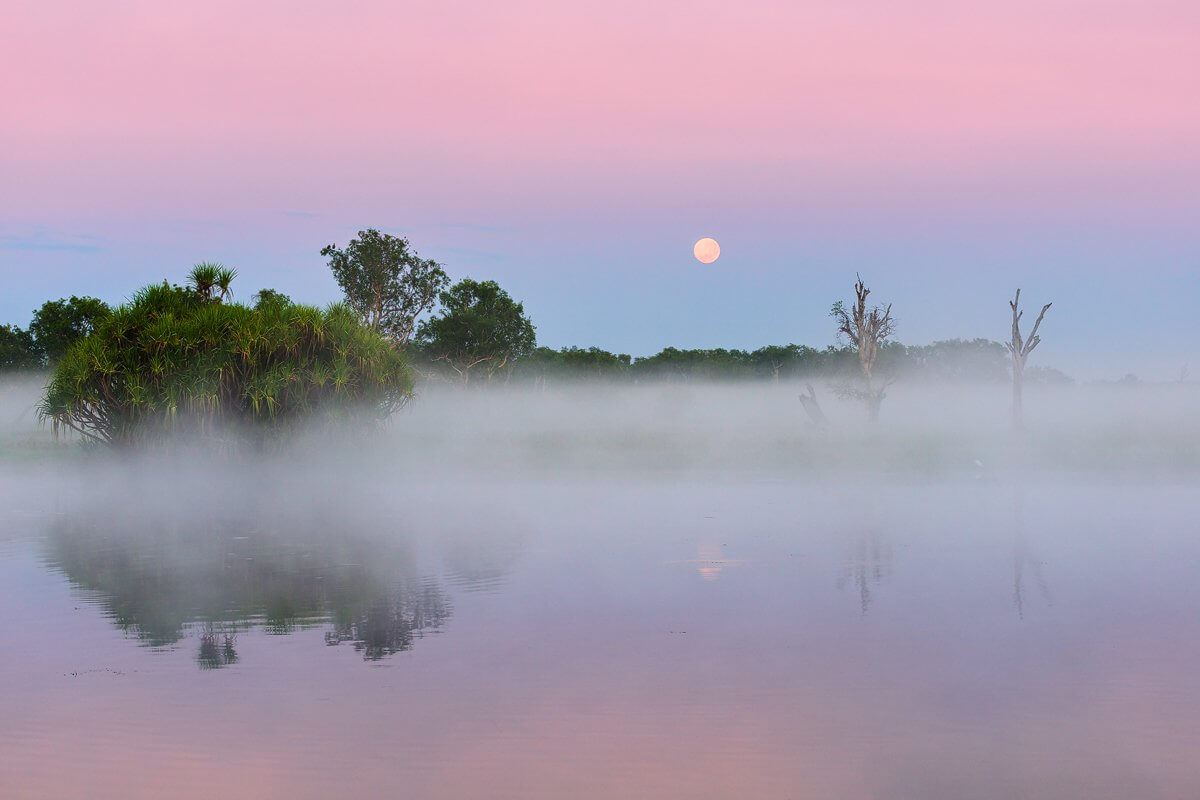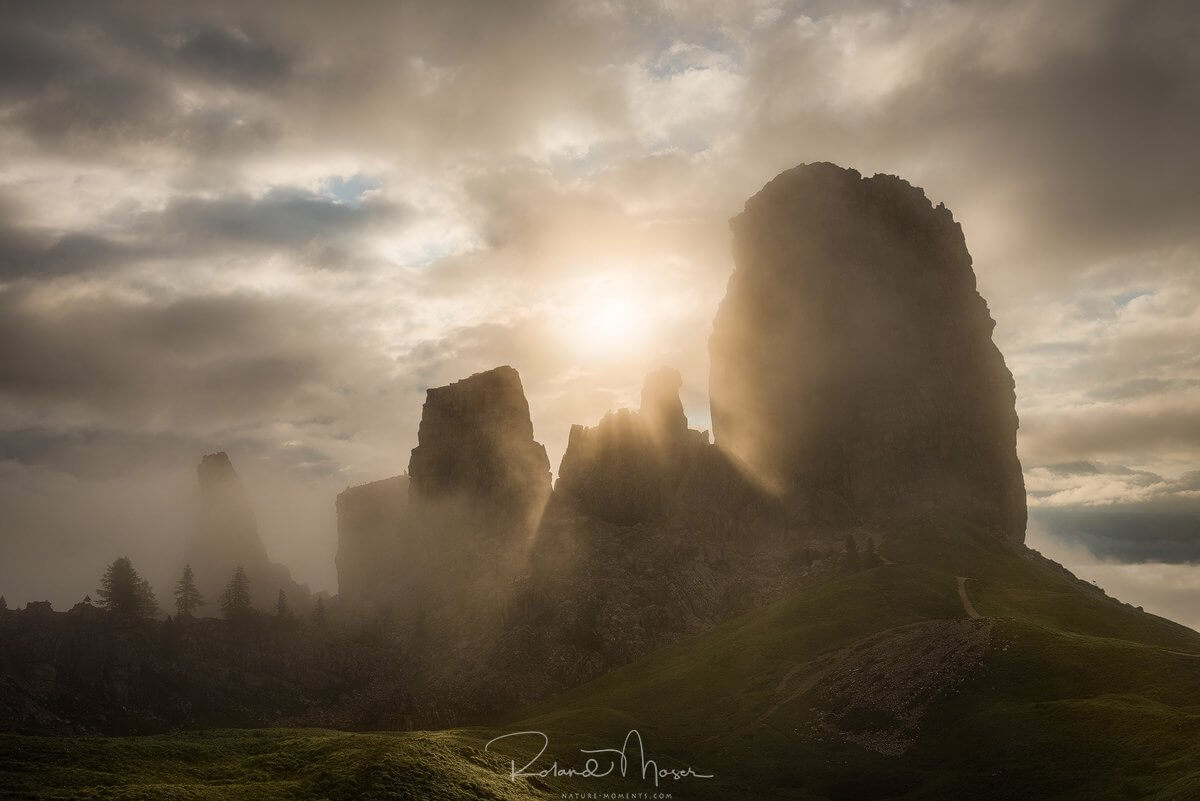
Fine Art Photography
The Swiss landscape and travel photographer Roland Moser has been taking photos for over 20 years. He practices what is known as fine art photography and offers insights into the artistic work on his website nature-moments.com (website available only in German). We met up with the expert to find out more about fine art photography.
The History of Fine Art Photography
The origins of the term "fine art" comes from painting in the early 19th century. Subject specific terms were carried across from painting at the beginning of the 20th century when photography established itself as an independent field of art. Just as fine art painting already demonstrated, the essential aspect of fine art photography does not lie in depicting the actual unprocessed reality of what is seen. It is more about focussing on creating an artistic work by following a particular idea in an aesthetic way. Therefore, the technique used to bring out the exact details of the artwork is an essential aspect of fine art photography.
Roland Moser: Fine Art Landscape Photography
We started off by asking photographer Roland Moser what fine art photography means to him:
"Personally, I find that fine art photography is a quality term rather than a style term. I am first and foremost a "print maker". [...] For me, a fine art print is a good picture exposed in the best quality, which is then printed and well presented. It needs to be good quality and it also needs to have a certain standard."
Here is how he got into photography:
"America was always a dream of mine and when I travelled through this country [in the 1990s], I was so enthusiastic that I began to take photos of the scenery and the cities. However, at the time I still used a simple analogue camera. I bought photography magazines and studied pictures by other photographers. It wasn't until several years later that I purchased my first digital camera and from that point onwards I began to pursue landscape photography. I studied everything, acquired Photoshop and spent thousands of hours acquiring knowledge. I wanted to know everything, I was like a sponge, soaking it all up. I am also a perfectionist. So I always wanted the best quality possible."

When we asked Roland Moser how he found his own style, he said: "I think it's a process that takes years. You don't just go wandering through the countryside taking pictures and then suddenly you find your own style. I think photography is something dynamic, that always makes you change. I always wanted to do more than just take pictures of a landscape. I wanted to show my personal view from that one special moment. Even as a child I was fascinated by the great expanses and untouched landscapes. I guess that had an influence on me and my approach to photography."
"Ultimately, everything revolves around light. Landscape photographers are light hunters. You have to be patient and often wait for the light to find you. For me, everything is important, it’s not just about finding the right location and then taking a picture a few minutes later. You're exploring a landscape, you see a great subject, you keep returning to that place until the light suits that particular idea you have. When everything comes together, you can take some great pictures thanks to the natural light."

Among photographers, photo editing is sometimes a polarising topic. However, especially for fine art photography editing a photo file is essential. "In my opinion, there is nothing less genuine than an image that has been dramatically photoshopped. I want to show the viewer my image, my emotions and my view of this unique moment and not something designed by a software producer. Who decides on which shades of a particular colour are most suitable for a photo? This is something that each individual person needs to decide for themselves. My style is always evolving whether it's through new editing techniques or new perspectives because I keep up with the times."
Roland Moser Gives Ambitious Amateur Photographers Some Tips
Over the course of our interview, we also asked the fine art landscape photographer for some helpful tips for ambitious amateur photographers:
"First of all, I would say have fun and enjoy what you do and don't worry about brands. Think carefully about what you would like and pursue your goal. Find your unique style and experiment. Take the time to view pictures from your favourite photographers, but don't copy them.
Editing images afterwards plays an equally important role as taking great pictures. If you leave out one or the other, you are only limiting yourself. Take your time with photo editing because personally I find this is very important, especially for fine art photography. [...] Photography is an art form, so don't let other opinions influence you."

"Try to show familiar motifs in a new light and also to search for new unknown motifs. [...] A picture starts with an idea, with a vision. I have precise ideas about a picture when I go to a certain place. However, I don't always come home with the desired picture. Sometimes completely new ideas and possibilities arise along the way."
